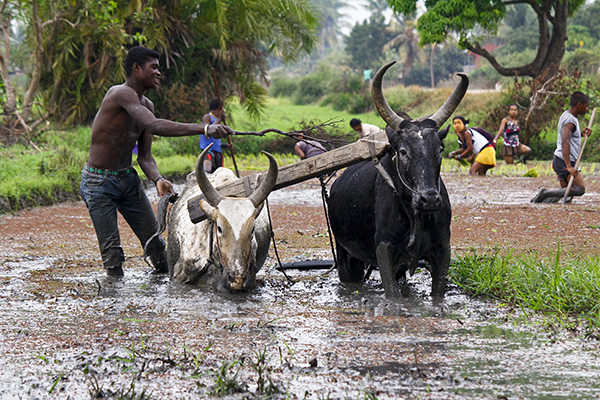The methods and tools of operational excellence are powerful. Anyone who has used them knows this. I recently discovered an original and relevant use of these tools to improve living conditions in developing countries.

A little history
After World War II, the U.S. government worked with Japanese authorities to revive the Japanese economy. The population was then extremely poor and rural. Thus, manufacturing tools were successfully deployed to many Japanese villages, which were mainly engaged in agriculture or handicrafts.
Japan has quickly become an expert in continuous improvement (Kaizen). Japan has since created JICA, the Japan International Cooperation Agency. It is responsible for the deployment of operational excellence methods in other countries, such as China, Ethiopia, Costa Rica and Madagascar.
Improvement of rural living conditions
This practice is opposed to rural development, since it aims to empower people. Seikatsu Kaizen respects the principle that it is better to learn how to fish than to give fish away. Therefore, it aims to empower the beneficiaries. It is up to the person who does to decide and improve his or her daily life.
The first step is to train a group of people in problem solving techniques, such as 8D or PDCA. They are (re)taught to find solutions with the means available. They learn to prioritize problems. As elsewhere, they start by treating the “simplest” and most recurrent ones. They may also choose to solve a problem that will yield more profit. By taking small steps, they consolidate each problem solving. As conditions improve, the standard of living increases. This is why they can afford to solve complex or resource-intensive problems. It is by using several key concepts of Kaizen, that this approach bears fruit: small steps, group strength, progressive learning…
The problems are varied. They may be related to agricultural or craft production. In this case, they improve quality or performance. They can also be more social, such as dealing with violence, corruption or project financing.
To go further on the subject :
- JICA website
- Examples of problem solving on the World Bank website
The tools are powerful. You have to learn how to use them, and take the time to close the problem-solving loops. It is through closure and post-reflection that learning takes place and continuous improvement is achieved.
